3D Game Art Production: Information You Need to Know

The word video game artist fascinates many budding 3D enthusiasts who wish to make a career in the booming gaming industry. As an ever-evolving industry driven by creative technologies, games always aim to deliver visually stunning and captivating experiences. Today’s 3D artists are not just creating the experience by pushing the boundaries beyond the polygons, they are also helping to shape a new world of attractive and memorable 3D game art.
If you are a beginner interested in building video games, then this guide will arm you with the necessary knowledge and techniques to become a pro-3D game artist. So, keep reading to learn more about:
- The core concept of 3D game art production
- Detailed step-by-step game design process
- Top 5 3D game art styles
- The role of a 3D art designer and the qualities they must possess
The core concepts of 3D game art production
3D game art production is the creation of three-dimensional objects, characters, and locations to be used in video games using digital modeling techniques. This can include a wide range of designs and styles, such as game props, computer graphics, animations, and even virtual reality.
To create visually stunning and engaging games, a combination of art and technology is used in the 3D game art design. Often, they involve creating the storyboard, character models, and many other artifacts. Thus, bright characters and environments make the video game UI more eye-catching and appealing for gamers.
Detailed step-by-step game design process
Designing 3D game characters and creating 3D video game art involve various steps. Let us take a closer look at each of the processes.
-
The creation of concept art
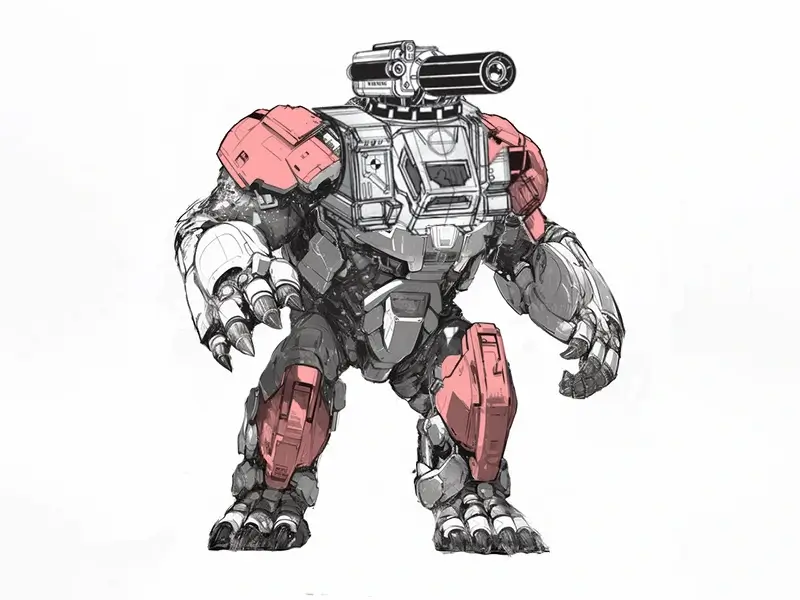
Defining the concept is the first stage of the game's art. It is a stage where the concept designers should have an idea of the game they want to make. To do this, collect several references to understand how and what type of game you want to design. To have a realistic 3D experience, it is vital to have a clear idea of how the picture looks in the virtual world.
-
Modeling
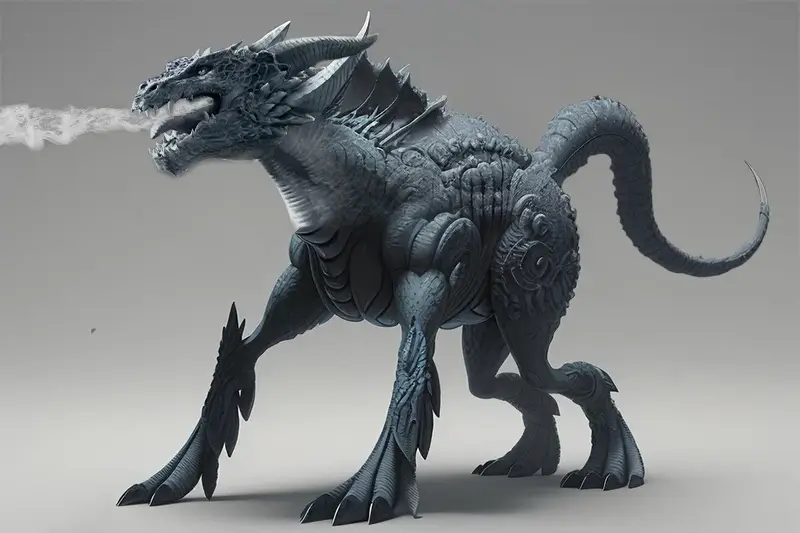
Following the concept art, the 3D modeling process begins. It involves the creation of digital representations of objects or characters in three dimensions. Numerous techniques exist to create the desired characters with the level of detail required for the games. To create your own 3D game models, several modeling software programs are available, including Autodesk Maya, Blender, 3DS Max, and many others.
-
Unwrapping and Texturing
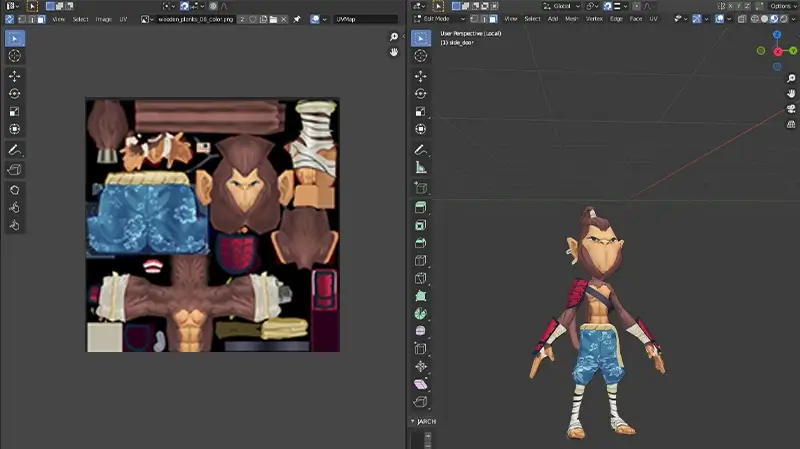
Once the 3D model is ready, artists unwrap it and add textures to make it look like real objects. Texturing is one of the most important steps in the game design process. At this stage, the game models are given the necessary properties to make them more realistic. This involves adding colors, textures, and surfaces to your game to make the models natural-looking.
-
Rigging
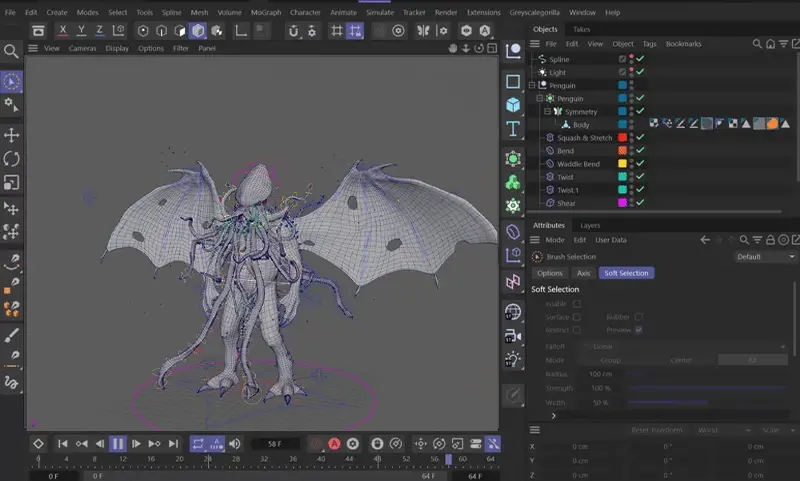
Skeletal animation or Rigging is the process of creating a character's 3D skeleton or bones before they are placed in the game. First, the artists create the bones and joints, which form the animated character's foundation. This bone structure is used to manipulate the 3D models like puppets for animation. Thus, it is vital as it enables the animated characters to move.
-
Rendering
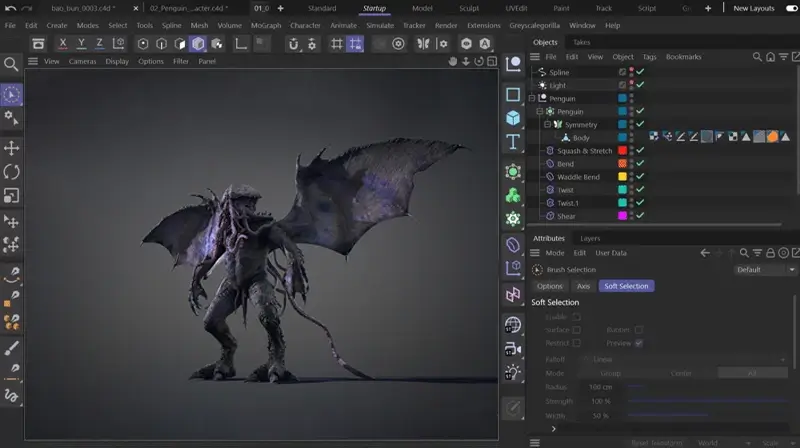
It is the final stage of the game design process. Rendering is the process of creating lifelike images on the screen. The final realistic look is given to the 3D game models through visuals like tinting, texture mapping, shadow reflection, and motion blur.
Useful Article : Types of 3D Rendering Techniques Used by Professionals
Top 5 3D game art styles
3D game art styles are important in the gaming sectors as they creates a realistic visual appeal for video games. So, what are the significant 3D game art styles? We have compiled the top 5 game styles for you.
-
Realism
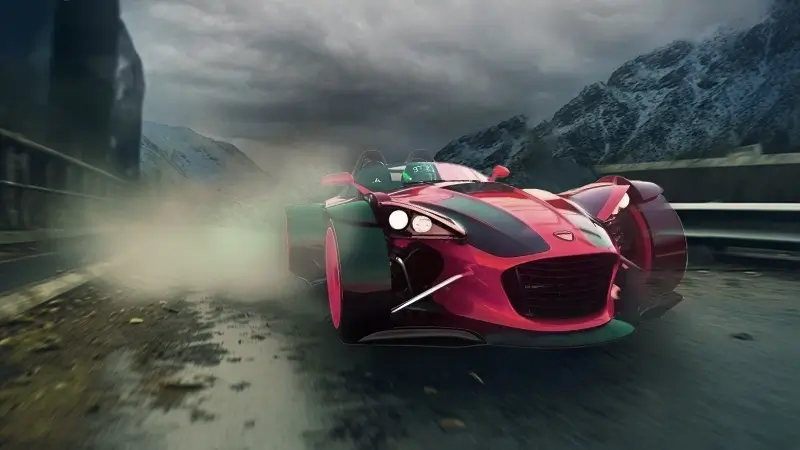
Realism basically aims to bring the real world into the digital world. The main goal of 3D realism is to create an immersive experience, making the players believe that they are in the gaming world.
Example: Games that utilize a realistic style are Rockstar's Red Dead Redemption 2 (RDR2) and Naughty Dog's The Last of Us Part II (LOUP2).
-
Low-poly
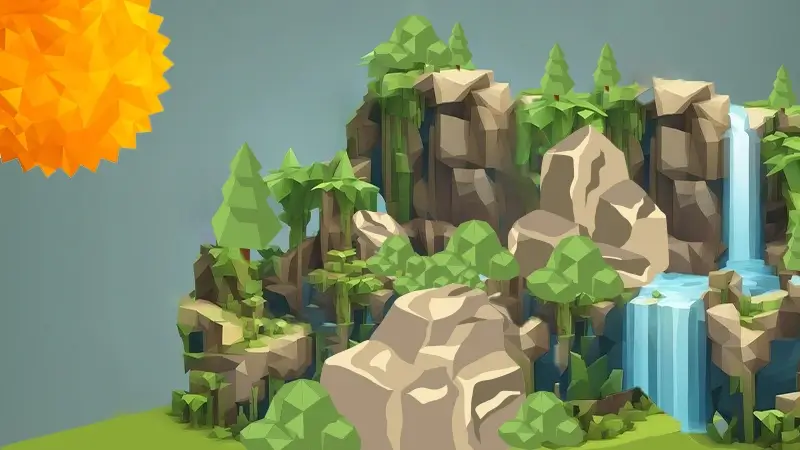
Low-poly is a distinctive style that uses a minimal number of polygons that simplify the shapes to their essential forms. This gives the objects a stylized appearance, making the environment more visually appealing. By using fewer polygons, it allows the artists to create objects and characters that foster a unique and immersive gaming experience.
Example: Games like Super Mario 64 and The Legend of Zelda: Twilight Princess use low-poly styles to create stunning visuals.
Useful Resource : High Poly and Low Poly 3D Models Difference
-
Hand-painted

Hand-painted is the most popular game choice to create a fabulous look. In this style, the models are directly painted from 2D into 3D to create the visually appealing effect of the video games. This involves 3D modeling, UV unwrapping, and texturing, which invoke the aesthetic and artistic feel of painting and illustrations.
Example: Games such as 11-11 Memories Retold, Deponia, and Book of Travels use hand-painted styles to imitate the look of the 2D animation.
-
Cartoon
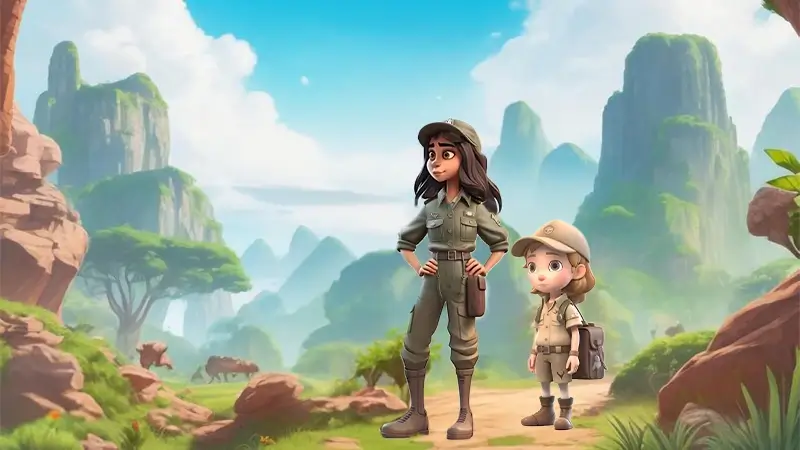
Cartoon style, also called toon shading or Cel shading, is one of the most popular choices in 3D game art. This style involves simplified forms, bold outlines, and bright colors that are used to create a unique and whimsical atmosphere. One of the significant advantages of using this style is that it is accessible to players of all ages.
Example: Games like Castle Crashers, Shank, Super Meat Boy, Mark of the Ninja, and Prince of Persia use cartoon or toon styles.
-
Fantasy Realism
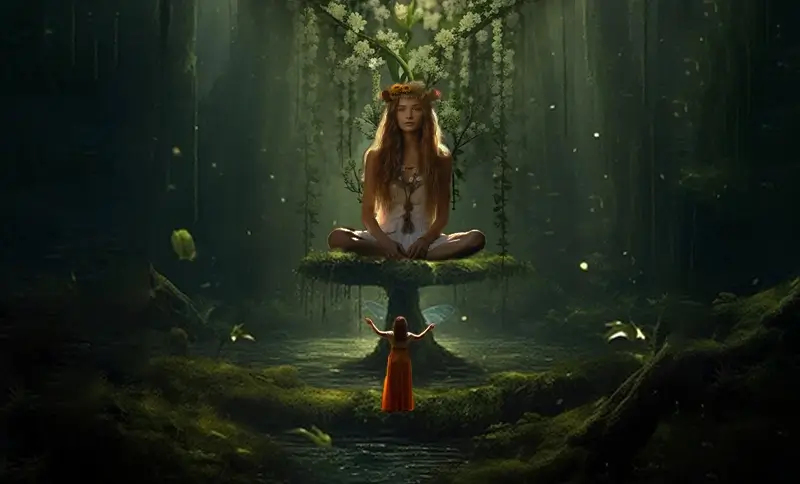
Fantasy realism or magic realism is one of the 3D game art styles that includes any fantasy, sci-fi setting, or steampunk that looks realistic. This style combines realism with the magical elements of the games, creating an unbelievably immersive experience for the players in an imaginary world.
Example: Games like The Witcher 3: Wild Hunt and Dark Souls commonly use fantasy realism in 3D game art.
The role of a 3D art designer and the qualities they must possess
The role of game artists in 3D game art production is to create stunning visual assets that enhance the overall look and aesthetics of games. Their part involves using specialized software and technical knowledge to produce 2D and 3D graphics that enhance the game's visual experience.
The major responsibility of the game artists is to work on the game's visual elements, such as characters, objects, textures, assets, environments, props, weapons, etc., to emphasize the gaming world.
The tools and skills required for 3D game artists depend on their level of specialization. Here is a list of a few of the skills:
- 3D modeler
- Rigging and animation artists
- Visual effects artists
- Concept artist
- Art director
Qualities needed to become a successful 3D Game Artists
- Building 3D characters with technical skills such as sketching and concept designs
- Storytelling ability to visualize the game scene and create realistic environments for the players.
- Solid knowledge of gaming trends and recommending improvements in the design process.
- Highly skilled in researching references and other elements of the visual style.
- Strong designing skills with the user experience in mind
- Excellent creativity, artistic, and programming skills.
- The ability to work as part of a team, liaising with the developers to bring the ideas to life
- Strong communication skills.
Useful Article : Top Fields to Specialize as a 3D Artist
Final Words!
Overall, the 3D game art world is evolving and will continue to grow massively in the coming years. As technology advances, designers, artists, and other professionals are adapting to the new trends of 3D art and creating a visually appealing and stunning experience for the players.
Hope you have gained better and more in-depth knowledge of 3D game art production through this comprehensive guide. We have also covered the various styles that you can choose based on your game genre.
Contact Us
